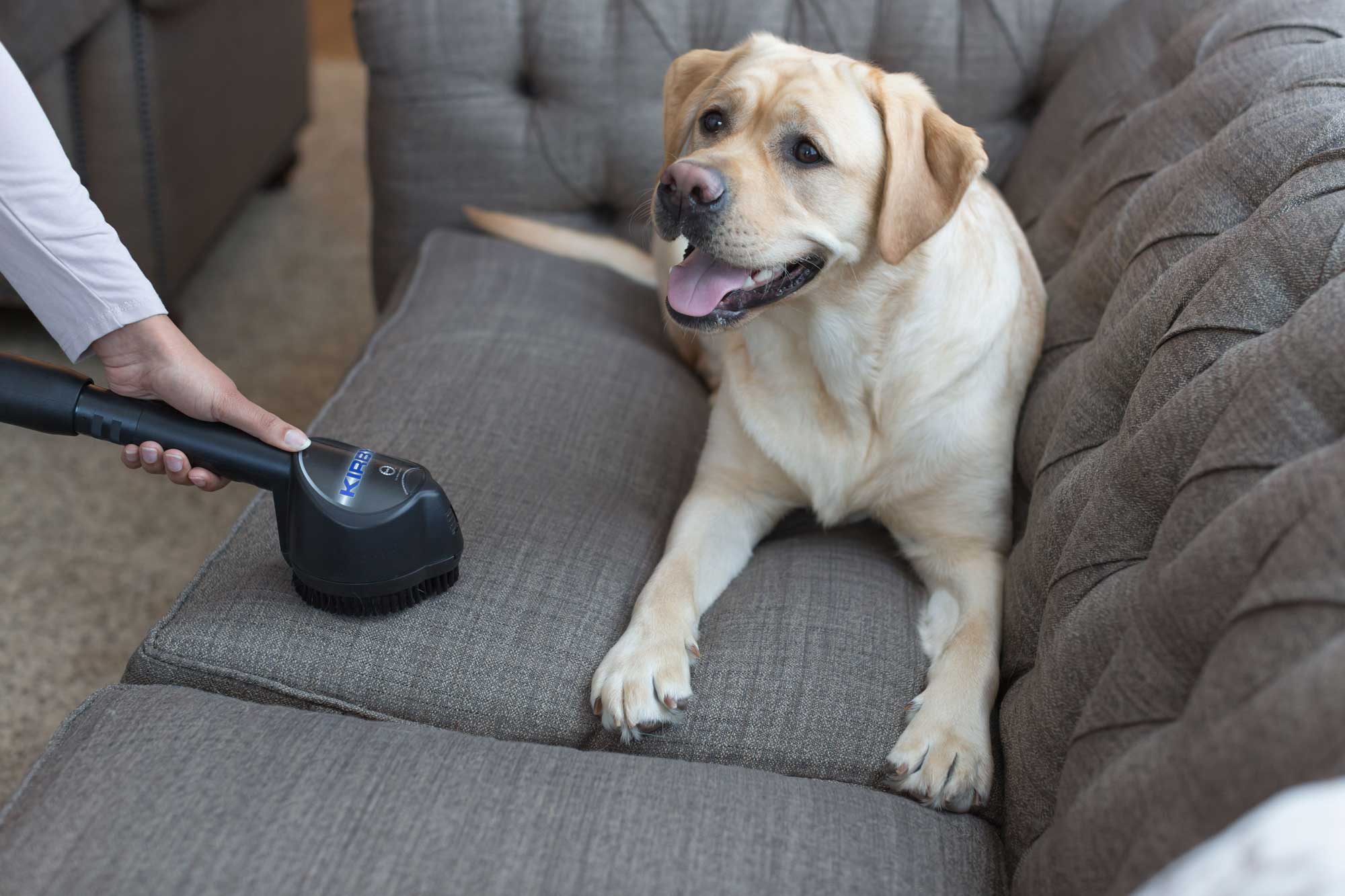Vacuum Tips For Pet Owners | Maintaining A Vacuum with Pet Hair
Pets are a cherished part of your family, but they contribute their fair share of household messes like any family member. Fur, in particular, is a problem in many homes, especially when shedding season arrives.
Tackling loose hair is important not only from an aesthetic perspective but also because it can lead to various allergic reactions.
Those mildly allergic to cats or dogs can get by if their homes are properly cleaned, but accumulating dander can quickly heighten common symptoms such as sneezing, congestion, or itchy eyes. Even if you're not allergic, unpleasant smells often take over when your cleaning regimen isn't up to par.
Another concern? Pet hair can harm your vacuum if allowed to accumulate. From clogged filters to burned-out motors, many forms of damage are possible. If you want to extend the life of this trusted cleaning tool, follow these tips for vacuuming pet hair:
Choose the Right Vacuum
Your ability to conquer pet hair depends mainly on the type of vacuum you select. You could vacuum multiple times per day and still struggle if you choose the wrong model.
Exceptional suction is imperative for dealing with carpeting and rugs while rotating brushes work wonders for removing embedded hair from these surfaces.
Aim for 12 amps at minimum, but consider investing in a model with attachments designed primarily for homes with pets. Don't forget a HEPA filter, which removes a significant share of the pollen that tends to cling to pet hair.
Both bagged, and bagless models can work for homes with pets, although exposure to the dander will be far more limited with a bagged solution.
Maintain Your Vacuum
No matter which vacuum you select, it will need regular maintenance if it's used to clean up pet hair (or worse, kitty litter) regularly.
Our favorite tips on maintaining a vacuum cleaner with pet hair include:
- For bagged models, throw away the bag long before it's full.
- Remove embedded hair from the roller brush with a straight razor. Sometimes, fur can be removed by hand.
- Clean or replace vacuum filters regularly to limit odors or obstructions from fur.
- Detach the hose occasionally and use a long tool to rid it of any hair that may be in the way.
Brush Your Pets Regularly
This helpful hint may seem obvious at first glance, as regular brushing is key to improving the health and appearance of your four-legged friends. Still, it's easy for even highly attentive cat and dog lovers to neglect to brush.
This simple task will occupy a few minutes each day, but consistency is essential. The more hair is picked up with a dedicated brush, the less will end up embedded in carpets or rugs – and avoid clogging your vacuum.
Level Up Your Litter Box Regimen
As with brushing, litter box cleanup should occur daily. This makes using the box more pleasant for your cat, but also minimizes mess during the cleanup process. Furthermore, it prevents smells from getting embedded in the surrounding area.
Consider placing a garbage bag or a specially designed liner at the bottom of the litter box to streamline at least one step in your cleanup regimen. Disposal systems such as the Litter Genie can also address common concerns while keeping the area surrounding the litter box as tidy as possible.
Think twice before vacuuming large quantities if litter spills onto rugs or carpeting. Kitty litter's clay construction can make it harmful for even the most heavy-duty vacuum cleaners – particularly when the litter is damp. In some cases, vacuums with bypass flow motors are acceptable, as these are capable of separating dirt and air. As such, kitty litter is less likely to get embedded in the filter.
When possible, sweep up litter with a classic broom and dustpan before tackling the area with your vacuum. This should eliminate prominent clumps and even most particles, thereby limiting the strain on your vacuum.
Use Baking Soda to Tackle Odor
Odor has begun to take over despite your best efforts to keep your home clean and smelling fresh. At this point, baking soda is your best friend.
Apply baking soda liberally to the affected area and let it sit overnight. After at least twelve hours have passed, you can vacuum the area. You'll be amazed by how better your space smells after trying this cleaning solution.
A solid cleaning regimen can transform your home, ensuring that it's pleasant for pets and humans alike. You'll never regret investing in the proper equipment or taking the time to get your home looking and smelling fresh.
